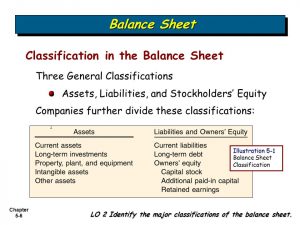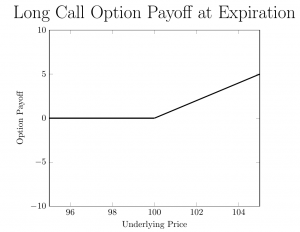17
Ago 2022
Net Realizable Value NRV Formula + Calculator
The total production and selling costs are the expenses required to facilitate the trade. When using NRV calculations for cost accounting, these expenses are the separable costs that can be identified or allocated to each good. Alternatively, this “expense” may be the anticipated write-off amount for receivables or expenses incurred to collect this debt. NRV, in the context of inventory, is the estimated selling price in the normal course of business, less reasonably predictable costs of completion, disposal, and transportation.
For example, let’s say you have a piece of land that you want to sell for $100,000. But in order to get the land ready for sale, you need to spend $20,000 on materials and labor. This means that the net realizable value of your asset is $80,000 ($100,000 – $20,000). Add up the NRV for all items, and the result is the total net realizable realizable value in accounting value for the company’s inventory. The net realizable value of our hypothetical company’s inventory can be calculated by adding the defective NRV and the non-defective NRV, which is $540,000. Working capital management is a strategy that requires monitoring a company’s current assets and liabilities to ensure its efficient operation.
How to Calculate NRV
NRV helps businesses to assess the correct value of inventory and see if there is any negative impact on valuation. This approach expects the businesses to value their inventory at a conservative value and avoid overstating it. One of those calculations is to find out what the net realizable value of an item is. The net realizable value is the return that you would expect to get on an item after the item has been sold and the cost of selling that item has been subtracted. The NRV, as it also known, is calculated by subtracting any expenses that were incurred getting an item ready for sale from the sales price. For an inventory, the lower of cost or net realizable value principle states that inventory should be valued at the lower of historical cost or net realizable value.
Cost is the item’s original purchase price or its manufacturing cost. In some cases, the lower of cost or market principle will be used. It states that inventory should be valued at the lower of historical cost or current market price.
Inventory
Get instant access to video lessons taught by experienced investment bankers. Learn financial statement modeling, DCF, M&A, LBO, Comps and Excel shortcuts. On the accounting ledger, an inventory impairment of $20 would then be recorded. Let’s say Star Company Inc Is selling some of its inventory to Moon and Co. To properly report the sale, Star Company is determining the net realizable value for the inventory they’re selling. Is it worth it to hold on to that equipment or would you be better off selling it?
What is the meaning of realizable value?
Net realizable value (NRV) is the value for which an asset can be sold, minus the estimated costs of selling or discarding the asset. The NRV is commonly used in the estimation of the value of ending inventory or accounts receivable.
Hearst Newspapers participates in various affiliate marketing programs, which means we may get paid commissions on editorially chosen products purchased through our links to retailer sites. Suppose a manufacturing company has 10,000 units of inventory that it intends to sell. Harold Averkamp has worked as a university accounting instructor, accountant, and consultant for more than 25 years. He is the sole author of all the materials on AccountingCoach.com. Net realizable value is the cash amount that a company expects to receive. Hence, net realizable value is sometimes referred to as cash realizable value.
What is an example of a realizable value?
Example of Net Realizable Value
ABC International has a green widget in inventory with a cost of $50. The market value of the widget is $130. The cost to prepare the widget for sale is $20, so the net realizable value is $60 ($130 market value – $50 cost – $20 completion cost).


Comentarios recientes